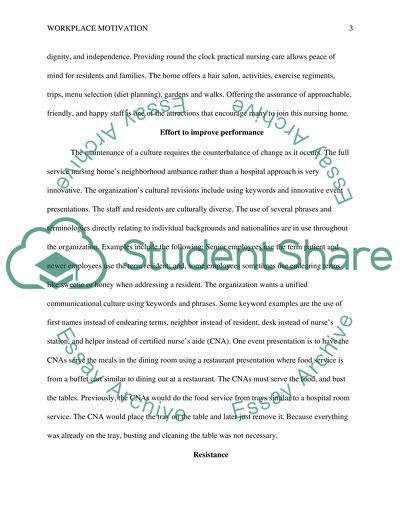Cite this document
(“Workplace Motivation Paper Essay Example | Topics and Well Written Essays - 1250 words”, n.d.)
Retrieved from https://studentshare.org/psychology/1429771-workplace-motivation-paper
Retrieved from https://studentshare.org/psychology/1429771-workplace-motivation-paper
(Workplace Motivation Paper Essay Example | Topics and Well Written Essays - 1250 Words)
https://studentshare.org/psychology/1429771-workplace-motivation-paper.
https://studentshare.org/psychology/1429771-workplace-motivation-paper.
“Workplace Motivation Paper Essay Example | Topics and Well Written Essays - 1250 Words”, n.d. https://studentshare.org/psychology/1429771-workplace-motivation-paper.


